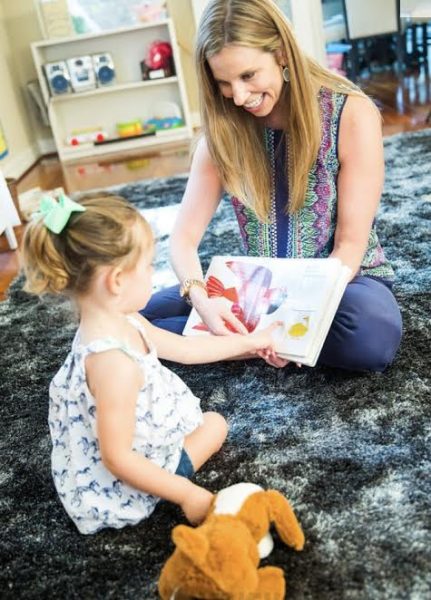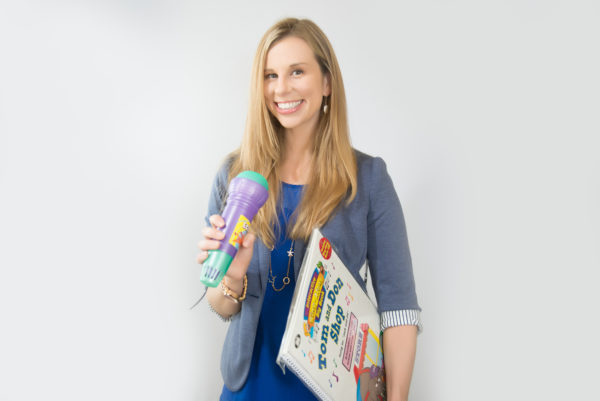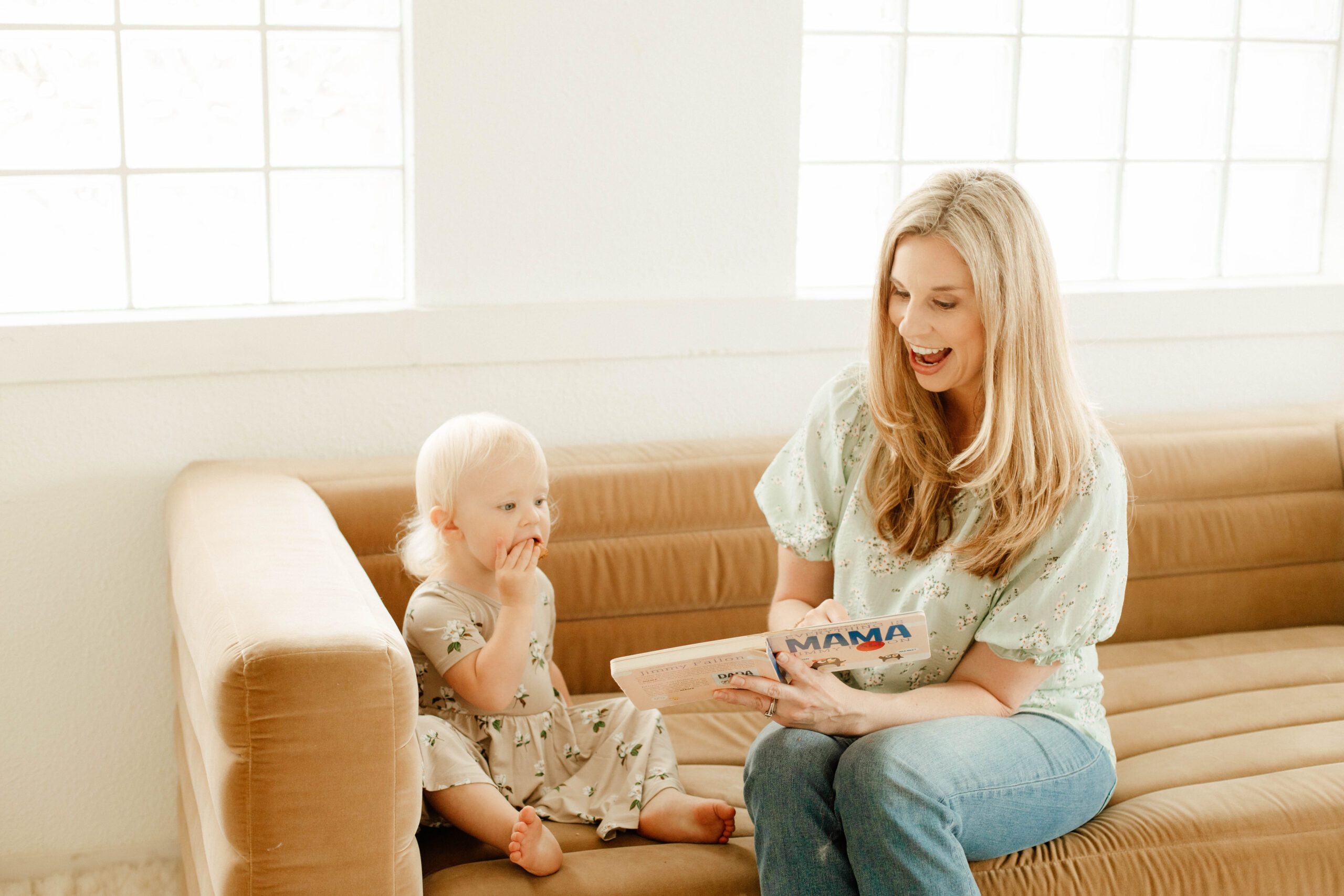
Teaching your toddler to talk vs communicate
A parent and toddler are in the kitchen: “Say cookie!” “You can say it” “Say cookie!” “Say I want cookie!” Our little guy is now screaming and crying and inconsolable. The thing I want you to realize that is he would if he could. Think about it, how much easier would be if he had just said “cookie?” He would have been happily on his way with his gooey cookie instead of screaming and crying and still without the treat. Furthermore, you may decide to give him the cookie anyway, which only reinforces the whole ordeal.
This is why we reinforce your toddlers’s best attempt at communication. If he points or reaches, you simply give him the word, reinforcing his best attempt. You can wait a few seconds and give him the opportunity to repeat, but if he doesn’t, simply move on. The desire to communicate comes from within. Forcing your child to say a word simply teaches him to say what you say. Teaching him the value in communicating will teach him about the communication connection. It teaches him to associate the word with what he wants and as his mouth catches up, he will eventually be able to say the word on his own. In the meantime, you are teaching him about the joy of communicating and providing a wonderful model each time.
I like to think this as a pyramid of support. At the very bottom, you are saying the word and forcing him to say it. At this level, your toddler is simply repeating after you. Lesser levels of support are cues such as looking at the cookie or giving a choice (while showing him) such as “Do you want a cookie or a cracker?” At the very top of the pyramid, your toddler is using words spontaneously to get his wants and needs met (just like you and I). The more support you give him, the less opportunities he has to move to towards the top. Just like any other skill, we want to scaffold support to give him exactly what he needs while moving him toward independence.
The way we do this is by thinking about where your toddler is right now. If he only cries to get what he wants, we want to move him towards using a gesture like pointing reaching. If he is taking your hand and showing you what he wants, we can move him towards using a sign or sound. Ironically the way to do this is not by forcing him to say a word, but by using the entire routine to teach the word and providing him with the opportunity to say it. Toddlers learn language through engaging in many routines like this throughout the day. Embrace these routines as valuable times to teach your child about communication rather saying “say.”

Brooke is the owner of The Speech Dynamic, where she provides play based and family centered speech and feeding therapy. She is the co-creator of “Wiggle time,” an interdisciplinary curriculum for pediatric therapy. She has presented at The North Carolina Exceptional Children’s Conference regarding embedding language into routines. She has also shared her expertise on a panel for The University of North Carolina at Chapel Hill. Brooke has a passion for helping families understand the importance of play for speech & language development.






